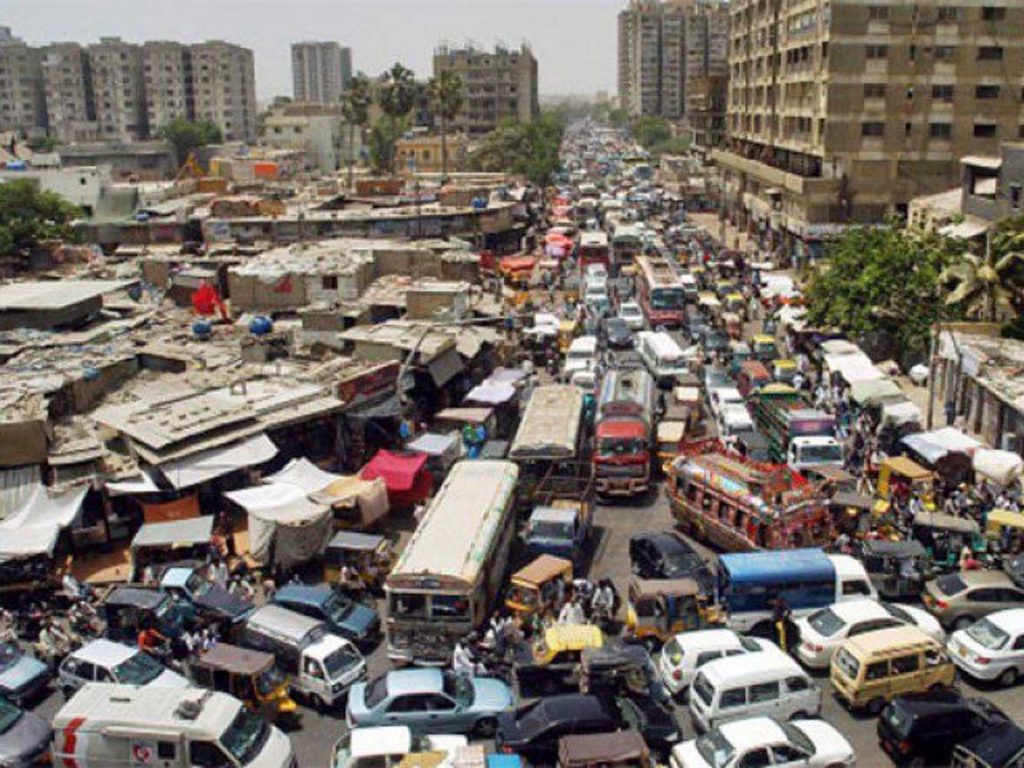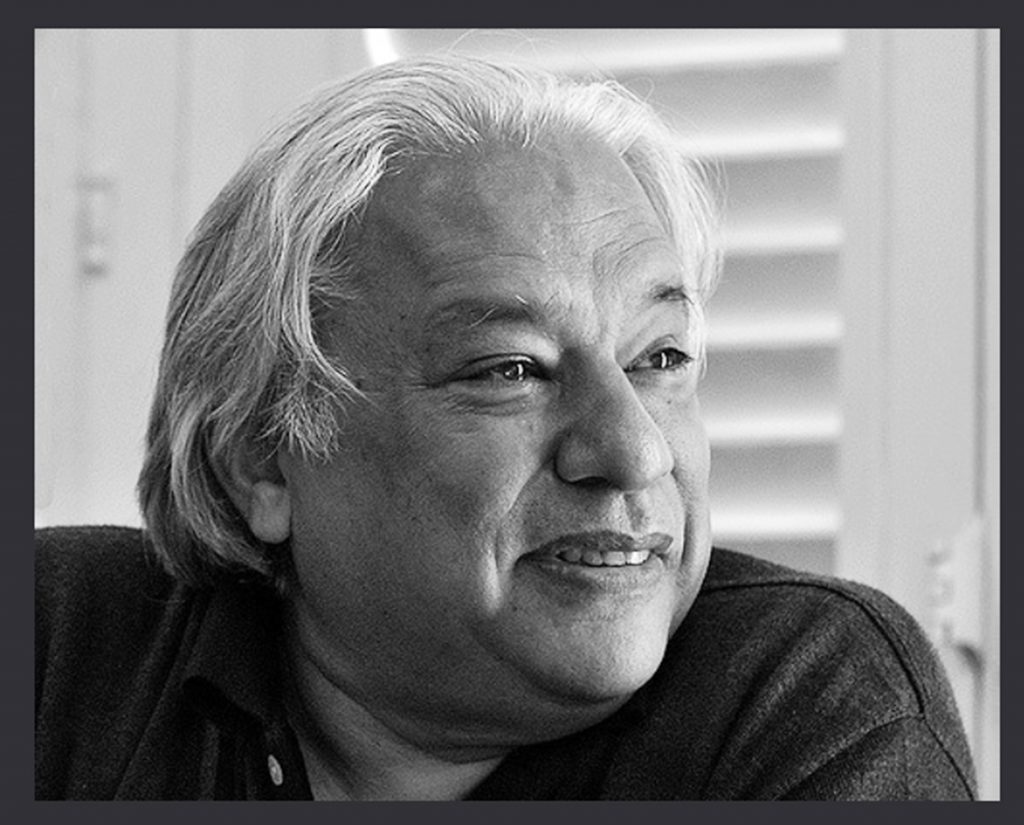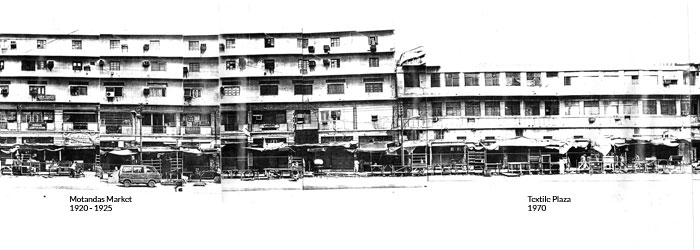Interview: Arif Hassan, Architect/Urban Planner
By Deneb Sumbul | Newsbeat National | Special Report | Published 9 years ago
Do you agree that the Rangers operations have had a significant impact in bringing major crimes like killing and kidnapping down in Karachi, but not street crime? Also what impact has the breakdown of the infrastructure and the lack of amenities had on the crime situation in the city?
No, I don’t agree with your first question. They (the Rangers operations) have just shifted the crime from the city to the suburbs.
And to respond to your next question, it is simplistic to attribute all the crime to a lack of infrastructure. But there are a number of factors that link crime with the infrastructure or the lack of it.
Let’s begin with many of the low-income areas of Karachi. In the case of most settlements, in the past there were single and double-storied houses, and those closer to the city used to have densities as low as 400 persons per acre. At that time that was the maximum density. Let’s take Lyari in 1973 for example — it had a density of about 180 to 200 persons per acre. Today, it’s more than 1,500 for the same area.
Similarly when I started working in Orangi, I think the density was not even 100 persons per square acre. Today in various parts of it there are well over 1,000 people. The figures for Paposhnagar are similar. The single-storied settlements, where everybody knew each other and the lanes were public spaces for women and children, have been replaced by multi-storied settlements. And such density results in excessive overcrowding.
Now you have 5, 6, 7, 8 even 10-storied apartments, and in them are many people not known to the local denizens or to each other. At these densities, the lanes cannot be used by women as they were before. Children still use them because they need a place to play, but women complain that because of the lack of space they cannot supervise their children as they did earlier. As a result, women claim children get into drugs, and often become part of, or form gangs.
In apartments such as Labour Square (on the outskirts of Karachi, near the Orangi Metroville), the density was as low as 5 to 6 persons per room. Today it is anywhere between 10, 12, 15 per room. On a plot of 60 square yards you can accommodate such densities, but in a flat of one two rooms you can’t. And one of the major issues is the absence of adequate toilets in such high densities. Also the lack of space is an encouragement for young people to stay out of their homes. Sometimes it is also an excuse for the father not to come home saying he will sleep in a park or in the streets.
We have also had unprecedented migrations into the city. We have to stop speaking of migration or population increase in terms of percentage, because 10 per cent 30 years ago may be equal to one per cent today. So we need to speak in actual figures.
Without a census how accurate can any of these numbers be?
Well we had a pre-census house count in 2011 which can be made the basis of the current population. It’s another thing that the two major political parties don’t accept it, but that doesn’t matter. The question is, where are these people going to live? They can’t live on the fringes because living on the fringe is far too expensive: take into account commuting time-wise, the absence of jobs on the fringe, the impossibility of women working… that is why urban settlements are densifiying. It is a market response to a very great need.
The same thing is happening in the lower-middle class and middle-middle class settlements like Bahadurabad. It looks like New York now — and why? Because of the absence of a very basic need: housing. There is no space for children to go out and play, meet each other, exchange ideas and get involved in extra-curricular activities.
Very high population densities along with the absence of amenities, quarrels at home — because of the conflict between freedom and tradition and the youths aspirations for freedom from tradition — create a young, disturbed generation. Then there is the glorification of crime — you just have to watch the films on television or cable —and that is all over the place. There are cyber cafés and a whole world of pornography that goes with it.
So there is a very big transformation taking place. Karachi has an overwhelming majority of unmarried adolescents in the age group of 15-24 which is enough to change gender relations and family structures.
More and more girls are getting higher education and women are emerging in public life, which didn’t exist before. There are marriages of choice and marriages in court. And there are difficulties adjusting to all this.
These changes require new urban planning initiatives, new by-laws, new zoning regulations and new societal values. Those who are perturbed by the conditions of society wail and cry about the bad situation. The question is, how do we inculcate new values that can make healthy change possible with a minimum of violence and crime?
A city which has thousands of neighbourhood organisations, shopkeeper associations, katchi abadi residents associations — knows change is happening. But how do you make policy makers understand it?
Is there a possibility of articulating the issues that this change is promoting? Through the media, perhaps?
There can be a conscious effort to do this through the media, but I’m afraid it does not raise these issues except as moral and ethical problems — it is mostly breast-beatings about how terrible things are. To provide solutions you have to understand what is happening. Laws aren’t necessarily solutions. We have loads of laws in this country but they are not being followed.
There is a fear that if the Rangers operations are stopped, the city will slide into total anarchy. What do you think?
Of course there will be additional crime whenever the Rangers leave. But the Rangers are not a solution — they are an imposition. There is no policy. A real policy would have given the city a people-friendly police force. But as things are, whenever conditions are bad, the military decides the Rangers should be sent in.
A good policy would mean polytechnics, vocational schools, a major change in curriculum to make young people from a very young age understand what a city is, what the problems of the city are all about, and make them understand their own neighbourhood. That should have been policy. I see none.
 Can you tell me about the work you were doing for advocacy?
Can you tell me about the work you were doing for advocacy?
We have done a number of studies in the last 10 years, published a number of reports and books. Basically we have looked into a number of issues in great detail.
One is the issue of density and its repercussions. Another study we had done in great detail in 2010-2011 was on motorcycles. Basically we asked men and women at bus-stops whether they would like to buy a motorbike. Eighty-two per cent of the men said they would want to buy motorbikes if they had the money, but they don’t. Fifty-six per cent of the women said that riding a motorbike would change their lives, but they wanted to get permission from their families to ride the motorbikes. Many said they would like to have scooties — they knew about them in great detail.
Then we interviewed motorcycle owners who said buying a motorcycle had changed their lives and the lives of their families. In response to the question in the questionnaire about how their lives had changed, they said before they had them, they had never been to Sea View, to Aladdin Park… now the family piles up on a motorbike — all 4 or 5 of them — and go to these places. They’ve started visiting their relatives — before they couldn’t dream of it because it would take ages to get there and would be costly. The wife is happy because she gets dropped to work rather than having to take public transport and the travel time to work is halved. The fare for the children’s school is also saved. Apart from the initial cost of purchasing a motorbike, it is more economical to use than public transport.
However, there were also complaints. “We bought a motorbike but now we are in constant dread of being killed,” was a common refrain. The threat of being killed is always there because motorcyclists are afraid of being run over by cars. Motorists meanwhile, say it’s the motorcyclists who do the badmashi. So you have two points of view. According to a study called ‘Motorbike Mass Transit,’ by 2010 the number of motorbikes in Karachi had reached one million. Today it is over 1.7 million. And we discovered that there were at least three women who rode motorbikes in Karachi — and there could be even more.
We also did a fairly detailed study of Karachi’s transport issues in which there is an entire section relating to women and the problems they face with public transport. I don’t know to what extent these studies matter, but issues like the street crimes in Karachi are also happening in Delhi, Bangkok, Seoul. It is all about the growth of a city — which is so rapid it cannot be managed. However, these cities unlike Karachi, do not have targeted killings of political or religious opponents or bomb blasts.
What are Karachi’s other core problems?
In Karachi they don’t touch education. The city has a very large number of Karachi Municipal Corporation (KMC) schools — but they are in a pathetic condition. I think we have 16 universities in the city and only two polytechnics, and the latter are outdated. The city has very few vocational schools. These universities are like castles built on sand because we are without a skilled population that makes a city function.
The real problem is that Karachi no longer has a very important institution — ie an effective planning department which does research on the city and feeds that research to the politicians on the basis of which they take decisions for the betterment of the city. This did exist in the form of Karachi Master Plan Department of the KDA.
What I have found is that there is no relationship between politicians and ground reality. They like to do fancy things, mainly things that make them look good before their constituency. So instead of improving drainage and sanitation, or improving the water supply, they will only go for fancy, highly-priced projects. They are not interested in small projects of maintenance and operation, which are the key needs of any city.
If we had an organisation with teeth, that did research, took decisions and made investments on the basis of that research, Karachi would be a very different city.
Also there is no real vision. The vision that prevails is one of neo-liberalism which engenders a ‘World Class City’ — the last thing you need. We need an educated, commuter/pedestrian-friendly city — which we are not going to get because loads of money and investment is instead spent on making it only vehicular-friendly. And even that doesn’t work because the decisions are wrong, and the projects are not properly planned and seldom properly completed.
What is a world class city?
It is a city that holds mega events and depends on direct foreign investment to function. This is neo-liberalism. It comes in various forms such as Build-Operate-Transfer (BOT) Projects which increase costs phenomenally because they are usually attained through international tenders. Direct foreign investments mean that you have projects, but not planning. This ‘World Class City’ is what Musharraf, Mustafa Kamal etc. envisaged for Karachi. All of South Asia is like this right now.
It also means malls and mega events instead of upgraded settlements. International events like the Olympics in Rio, Formula One in Istanbul, FIFA, the Beijing Olympics, the Delhi Commonwealth Games etc. have made numerous people homeless. Unfortunately these events and associations are only for the rich; the poor cannot access them. There has been a lot of violence around the Olympic Games in Rio because there is anger among those displaced. Tell me if you have been displaced from an old settlement where you have been living for 50 years along with two hundred thousand others, and dumped in the wilderness, what do you expect to happen?
We have no social housing. The poor have to access housing from the market, but because of scant resources they go to the informal market which is considered illegal, and can be demolished — as they have often been.
A world class city is also known by some iconic architecture that defines the city. We have the Karachi Port Trust fountain. It was supposed to be the highest fountain in the world, by which Karachi would have been known. I’m not sure about this, but I was told that it turned out to be the second highest, and so even that has come to naught.
Karachi’s crime rate is lower than many, many other mega cities. Saying Karachi is among the most violent cities is a misnomer in some ways. Yes, it is politically violent. There are political assassinations, targeted killings and bomb blasts. That owes to the ideology of political opponents. But there’s a difference between street-crimes, crimes of passion, rape, etc and the fact that you are not safe because a bomb blast could happen anytime, anywhere. This kind of lawlessness is different from petty crime, mobile phones theft, picking pockets, or killing someone in anger.
What do you foresee happening to Karachi?
Our city is exceptionally large and if we are to set Karachi right, the two major political parties of Sindh will have to come to a consensus — which they are not very anxious to do. One of Karachi’s biggest problems is that it’s a migrant city. The migrant population is far higher than the local population if you include the Urdu-speaking as migrants as well. So that would make Karachi a non-Sindhi speaking city of a Sindhi-speaking province.
And that is a problem because Karachi is rich. It generates a very large proportion of Sindh’s revenue and the federal revenue. It has the best educational and health institutions in Sindh; Karachi is the centre of the media industry; the majority of Sindh’s jobs in the formal sector are in Karachi — and all this cannot be controlled by the MQM except through a highly decentralised system. But it cannot be controlled by the PPP either, except through a highly centralised system.
The conflict is not dissimilar to the conflict between the Muslim League and Congress in undivided India. The context may be very different but the nature of the issues is very similar. Once there is a consensus of give-and-take and there is statesmanship instead of politics, of votes and constituency, things could be resolved. That would be a very big step towards making a future for this city — and for this province, because the city is an integral part of the province and the province depends heavily on the city.
This interview by Deneb Sumbul was published in the September 2016 issue of Newsline.
The writer is working with the Newsline as Assistant Editor, she is a documentary filmmaker and activist.




